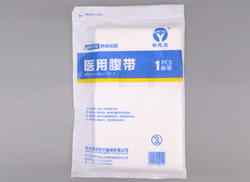
First of all, it should be selected according to the concentration and toxicity of dust. According to GB/T18664 "Selection, use and maintenance of respiratory protective equipment", as half masks, all dust masks are suitable for environments where the concentration of harmful substances does not exceed 10 times the occupational exposure limit, otherwise a full face mask or respirator with a higher level of protection should be used.
If the particulate matter is highly toxic, carcinogenic and radioactive, a filter material with a higher level of filtration efficiency should be selected. If the particles are oily, be sure to choose the appropriate filter material. If the particulate matter is needle-like fibers, such as slag cotton, asbestos, glass fiber, etc., because the dust mask can not be washed, sticky tiny fibers in the face sealing parts of the mask easy to cause facial irritation, also not suitable for use. For high temperature, high humidity environment, choose a mask with exhalation valve will be more comfortable, choose a mask that can remove ozone for welding can provide additional protection, but if the ozone concentration is higher than 10 times the occupational health standards can replace the mask with a combination of dust and toxic filter elements. For the environment where there are no particles, but only certain odors, choose dust masks with activated carbon layer than wearing a gas mask to be much lighter, such as certain laboratory environments, but because the standard does not regulate the technical performance of such masks.















